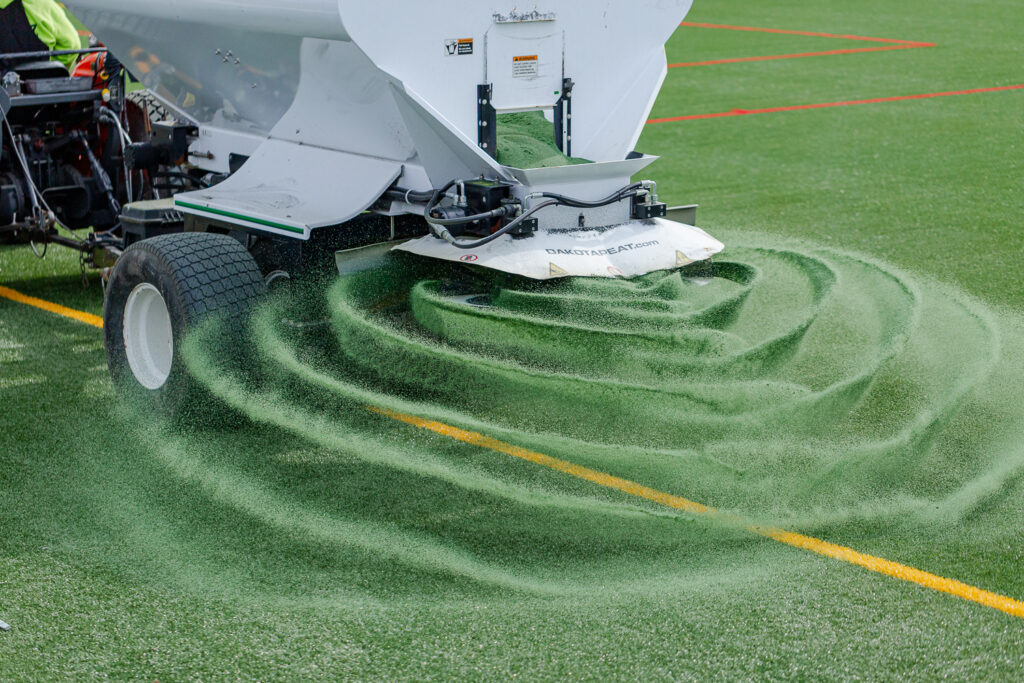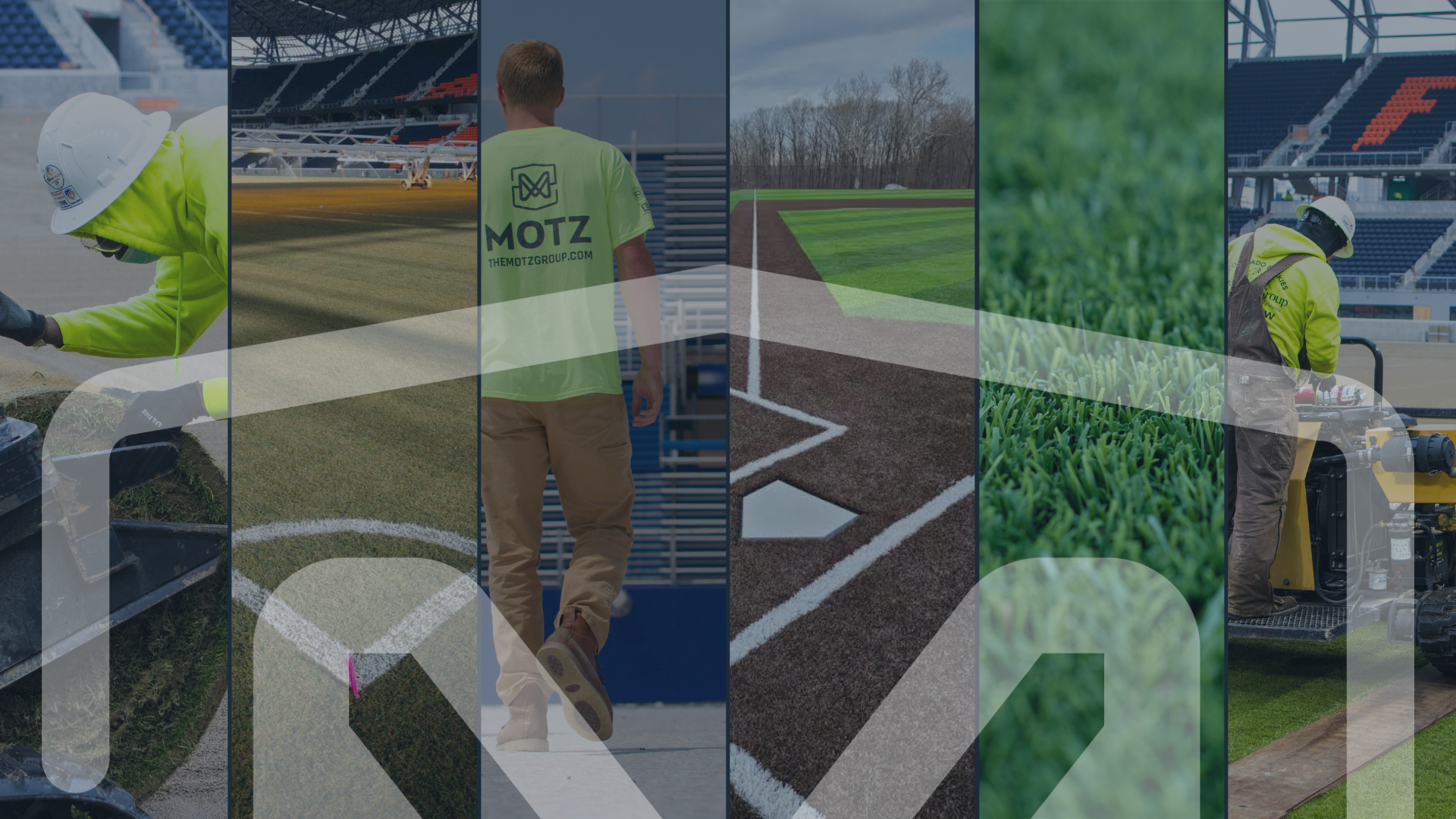
Sports Field Blog
Subscribe To Email Updates
Subscribe to our weekly newsletter and we’ll send updates straight to your inbox
Soccer Goal Safety Tips for Artificial Turf Sports Fields
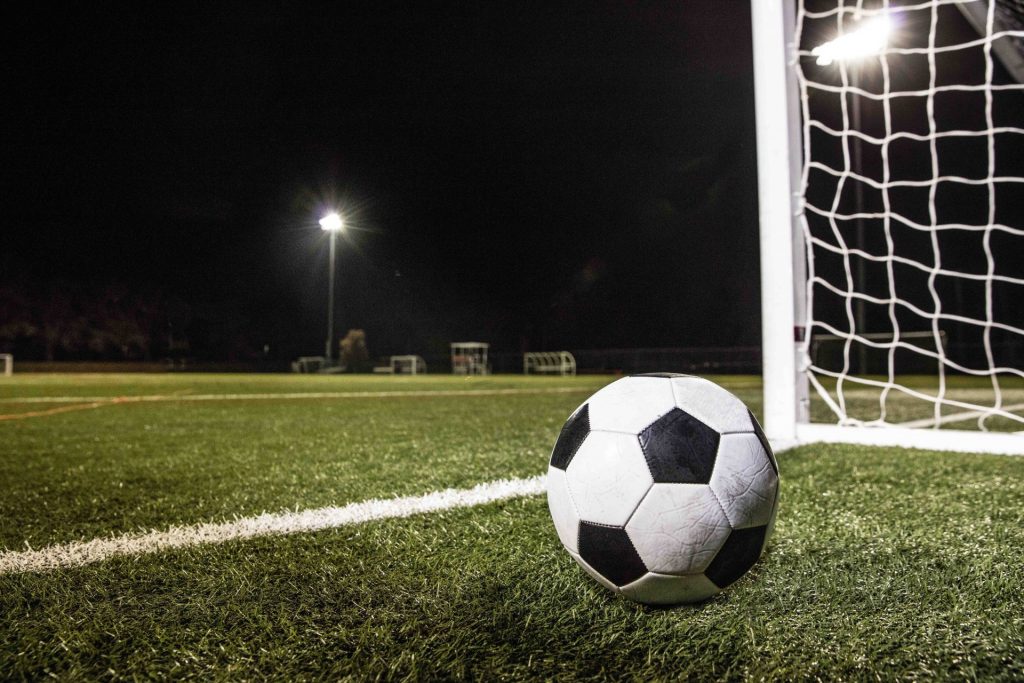
Football and soccer are two of the most popular American high school sports. In fact, both sports are nearly ubiquitous with high school athletics. Sure, there are various other field sports commonly played throughout different regions of the country. Still, regardless of location, the vast majority of athletic facilities will host plenty of football and soccer-related activities.
When multi-use fields regularly host both football and soccer teams for practices and games, grounds crews (and sometimes coaches or athletes) have to physically transport soccer goals to and from each end of the turf field. It’s a task required frequently, often daily or multiple times a day, at most complexes. Without smartly designed equipment and thoughtful protocols, goals are often dragged, rather than carried, off fields, and this is precisely how damage and injury occur.
When soccer goals are a drag
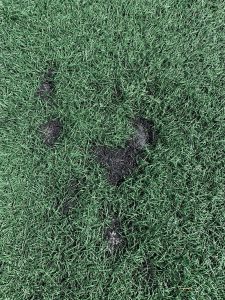
While the logistics of moving a goal seem simple in theory, it’s common for minor damages and displacement of infill to occur, especially on fields where goals are repeatedly dragged across the turf surface rather than transported with proper moving techniques. Over time, minor damages become major problems.
The most common issue is the displacement of turf infill around goals, and these areas are inherently prone to lower infill levels due to heavy usage and frequent activity. At worst, turf fibers could be ripped out entirely when heavy soccer goals are dragged on and off the field. In the case of displacement, check your infill levels and add more where it’s needed. If your field is damaged by improper soccer goal transportation, contact a synthetic turf field expert to examine the turf before further damage occurs.
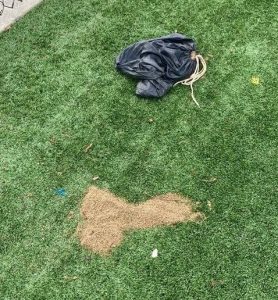
Another potentially harmful practice is the use of sand or gravel bags as counterweights for goals. UV rays from the sun will break down the bag material over time and eventually cause spillage onto the turf. Additionally, we often find owners are not using the sandbags or weights because they are too heavy to move on and off the field, so the bags end up sitting by the side of the field and thus leaving the soccer goals unsecured. It’s important to make sure the goal does not tip and meets the ASTM tip-over standards. To ensure the goals are locked down and meeting the tip-over safety measures, it is recommended that an in-ground solution is in place.
Investing in the right soccer goals
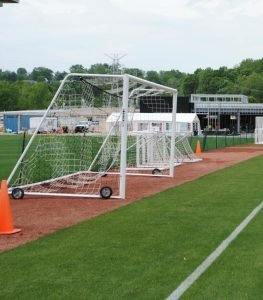
Prevention is always better than reaction, so let’s take a look at the recommended techniques and equipment that protect your synthetic turf field and prioritize the safety of the people who move soccer goals.
When it comes to turf-compatible soccer goals, there are plenty of options on the market today, including ones that have wheels or feature other equipment designed for movement. Sportsfield Specialties is a trusted equipment partner of Motz for sourcing soccer goals and other items for field owners. They have a handy FAQ on the proper transportation of soccer goals and a range of goal equipment products, including several types of mobility kits for soccer goals. Our favorites include:
- The newest innovation is the Levered Soccer Goal Wheel Kit. It’s an external system conveniently raised and lowered using a removable levered handle. The swivel wheels provide effortless maneuverability in any direction in the raised position with large 8” hard rubber wheels and 9” ground clearance. The wheel kits can be secured in the “up” position during play or easily removed and stored to prevent unauthorized use.
- A second option is the SGMobile® Integrated Wheel Kit. This mobility solution includes retractable plastic roller wheels embedded in the front of the goal frame and a mobility handle for easy transportation.
- A third popular option is this soccer goal with an integrated skiddable base designed to slide along the turf. There is no lifting required for transportation. The fully integrated skiddable base is exceptionally durable, requires little maintenance, and minimizes damage to your turf when dragged.
These options not only protect your field but ensure proper anchorage of soccer goals and minimize injury. Investing in the right equipment and soccer field maintenance routine means your turf will be as high performance as it is resilient.
Get the ball rolling with winning guidance from synthetic turf experts.
Questions on soccer goal options, safety, or maintenance? Reach out to our team for guidance and assistance or inquire about the Motz’s installation, repair, and management services.
Similar Blogs

